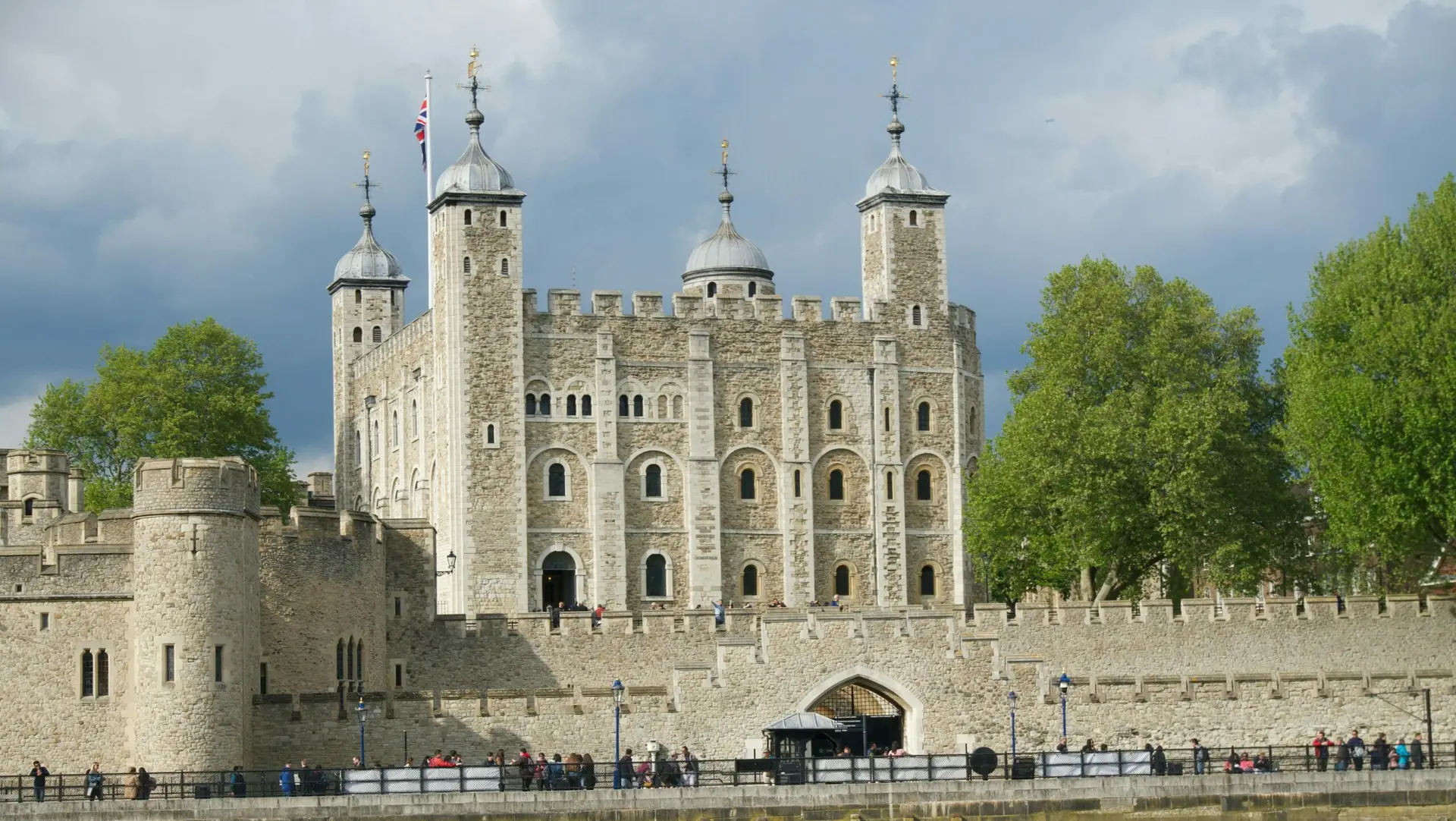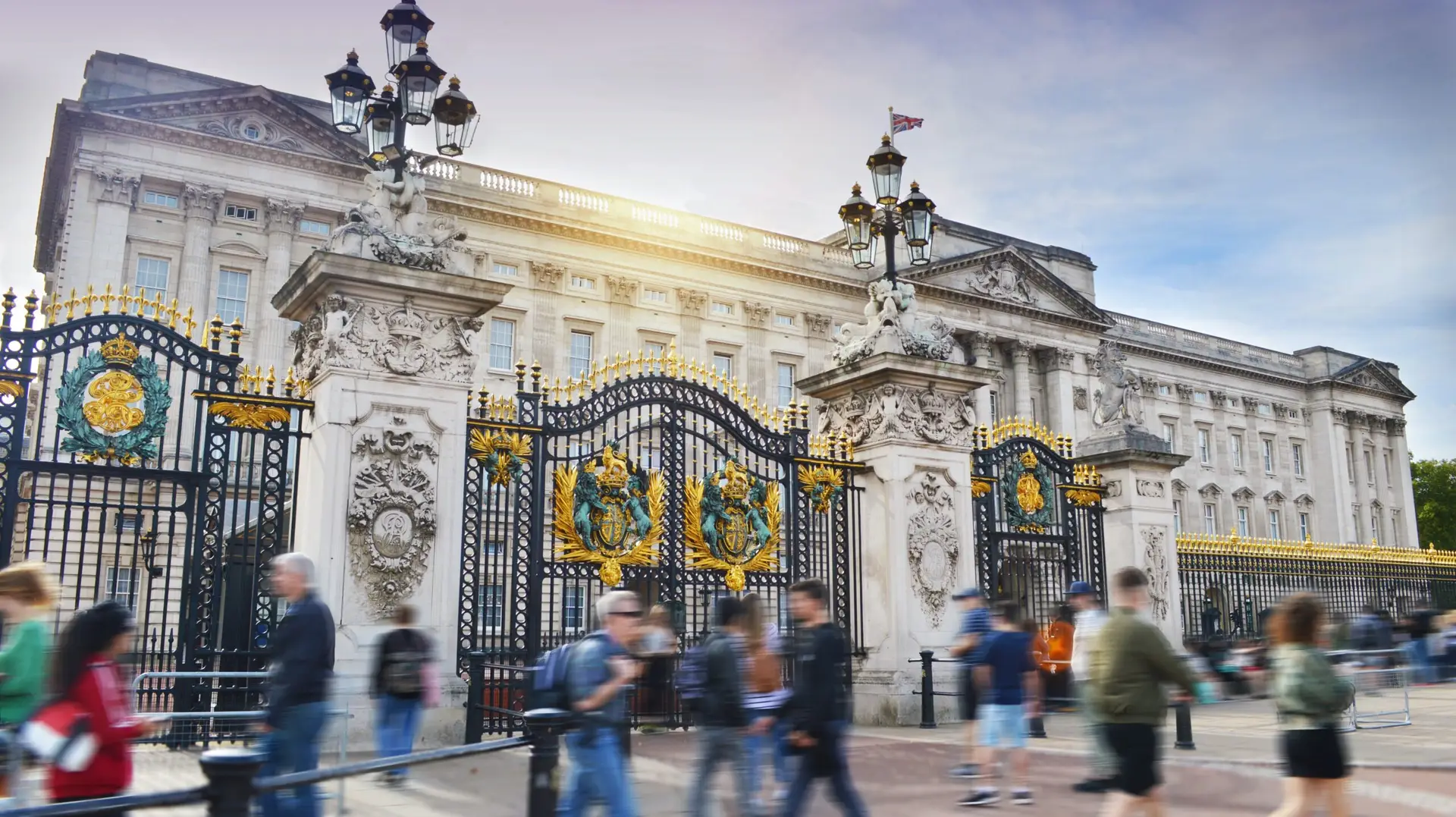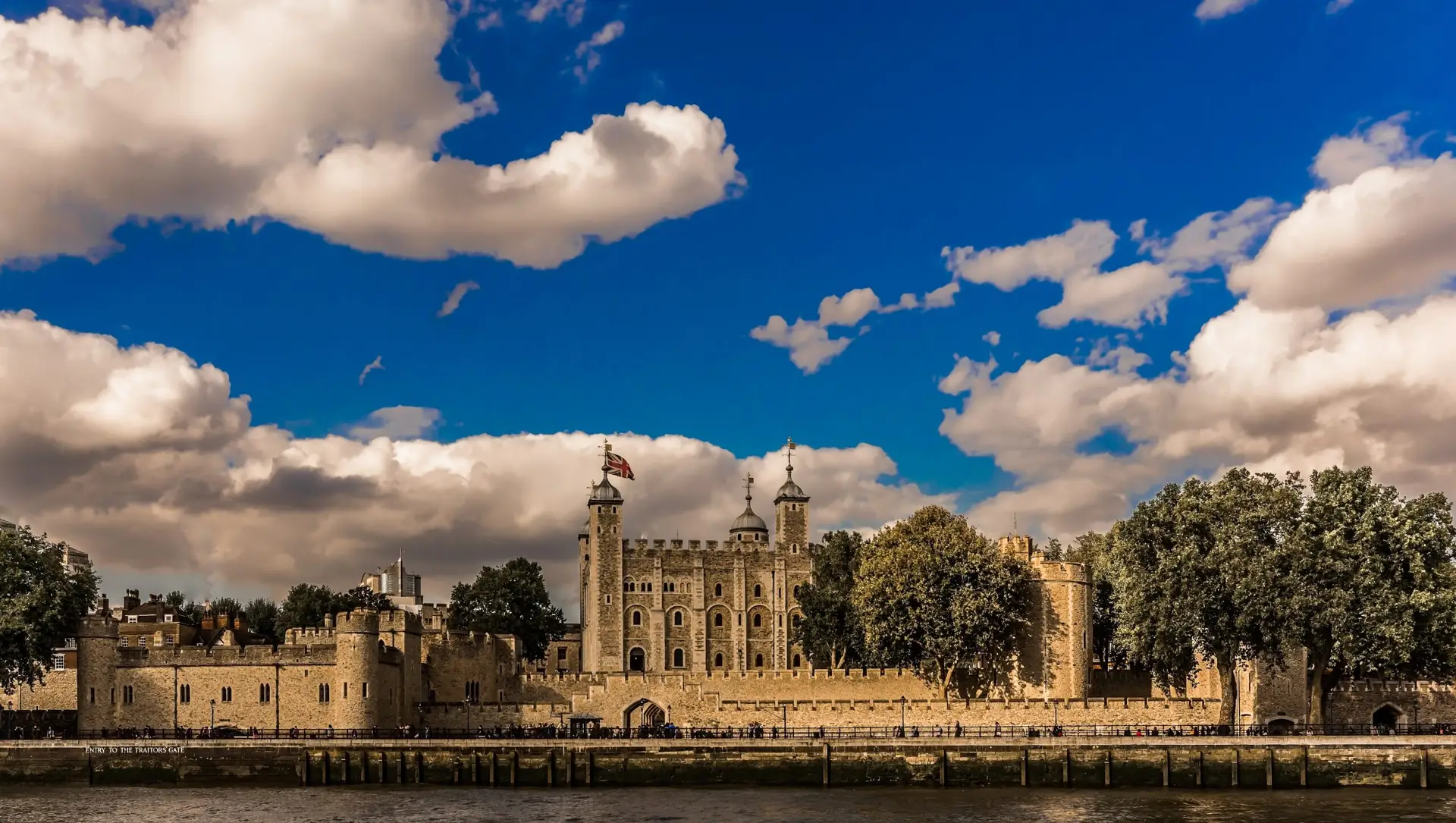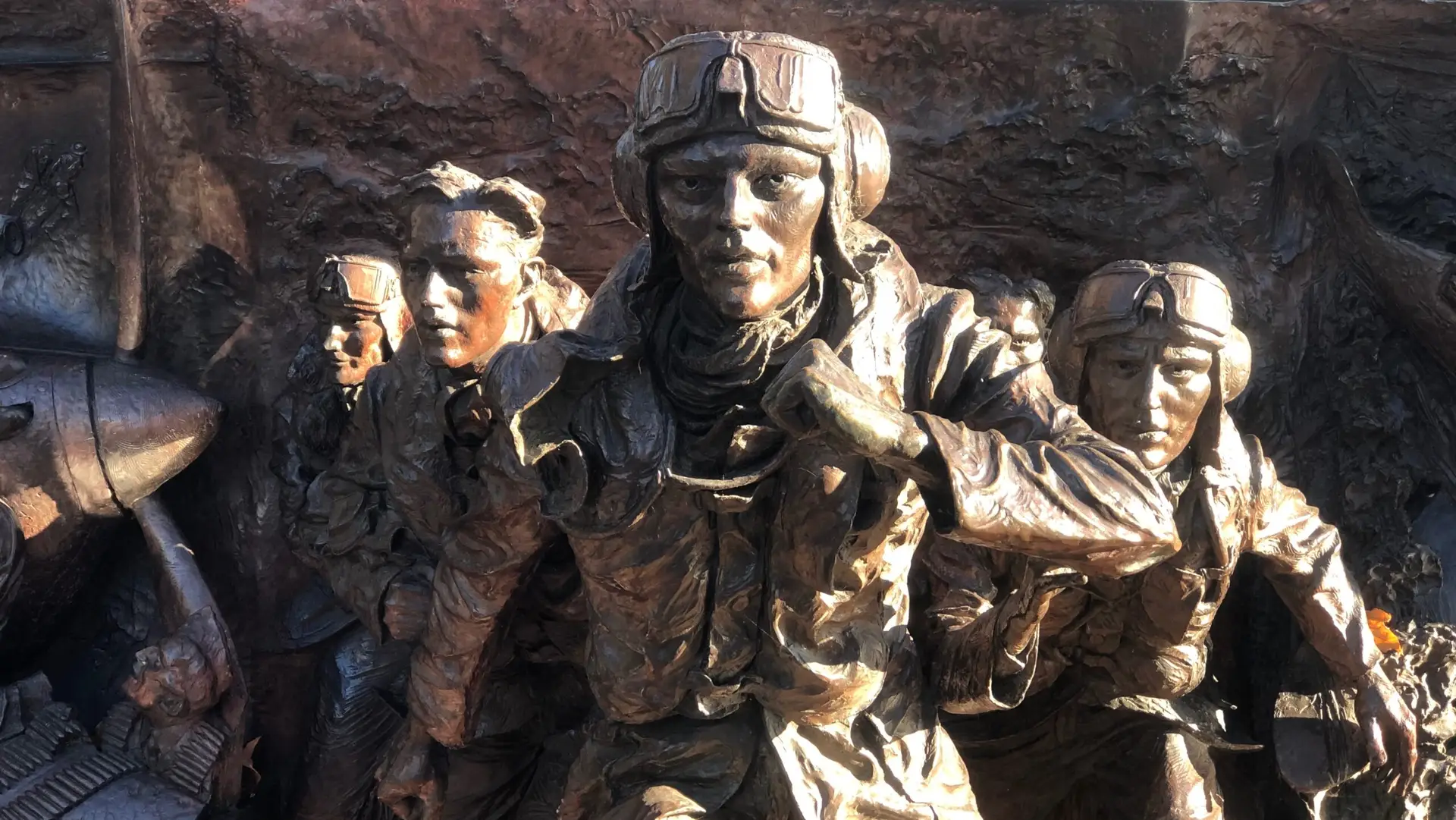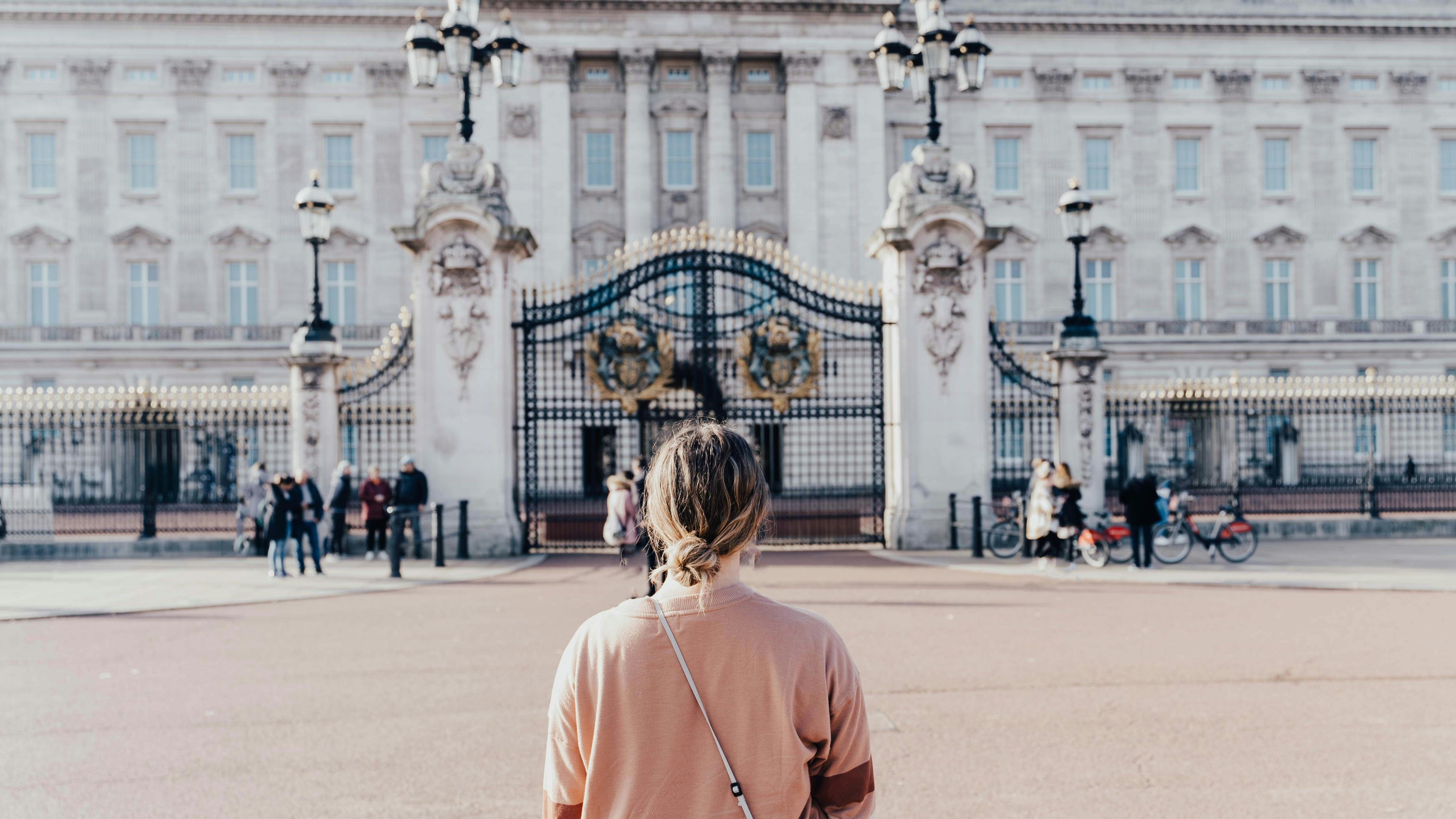The Symbolism of King Charles III and Queen Camilla’s Coronation
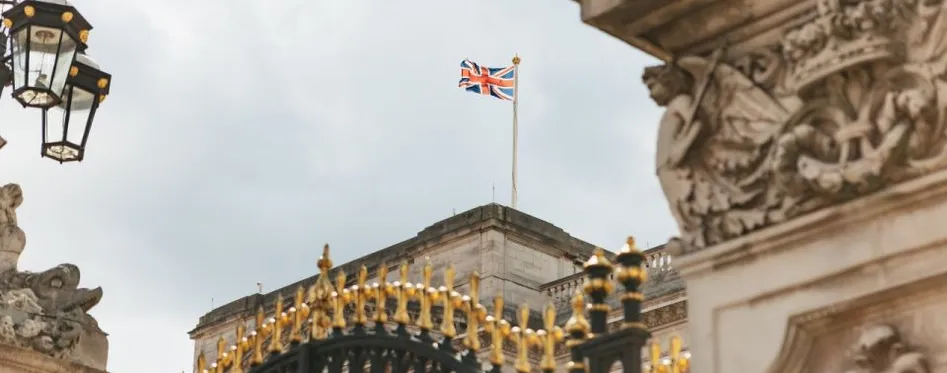
It’s just plonking a crown on someone’s head and then referring to them as His or Her Majesty, no?
Not so fast, our dear friends.
If you know anything about the pomp and ritual that surrounds the life of the British monarch, then you’ll be expecting that there’s much more to this than meets the civilian eye. And you’d be right.
Spoiler alert: the coronation ceremony is absolutely packed with hidden symbolism, so deeply imbued that even those closest to it don’t always fully grasp the meaning.
Though entire novels could be written about this very subject (and in fact have been – check out the mindblowing ‘Defenders of the Faith’ by Catherine Pepinster), we’re going to attempt to give you a few short, succinct answers to the question, ‘what on earth is actually going on here?’
The History
You can trace the lineage of the British coronation back to an excitingly diverse tasting platter of Ancient Egyptians, Syrians, biblical accounts, later Roman emperors and even the crowning of Charlemagne’s Frankish monarchs but as it stands on our island, you’re looking at 1000 years of ritual-building that leads right back to King Edgar’s coronation at Bath Abbey in 973 ad.
That was a much simpler affair, and it was really at William the Conqueror’s coronation on Christmas Day in 1066, that the coronation as we know it today started to take shape. And it is from old Willy – Norman invader and tower-builder – that every coronation since has taken place at Westminster Abbey, the stunning gothic flagship of the Church of England, in London.
Though the heir immediately becomes King or Queen on the death of their predecessor, it is not until the coronation ceremony that they take their oath and solidify their position as Defender of the Faith and indeed, the Realm.
Though the rituals surrounding the coronation were practised by many European dynasties, particularly in the middle ages, sewing Holy Catholic rites to more ancient traditions, it is only Britain who still upholds these hallowed customs today. That’s one of the reasons why Charles III’s coronation is such a big deal – this sort of ceremony belongs to us Brits alone now.
The Crown
The key part of the investiture of a new monarch, the crown or ‘corona radiata’ is a throwback to Sol Invictus-subscribing Roman Emperors like Constantine the Great, who used this snazzy headwear to symbolically link themselves to Helios, the sun god.
Why?
It instantly gives the aura of ruling by divine right, a belief that has caused conflict at times in European history, from the English Civil War to the French Revolution. Another spoiler alert- it usually didn’t end well for the king.
The St Edward’s Crown is the centrepiece of the Crown Jewels (it’s all in the name, after all) and is placed on the monarch’s head at the exact moment of coronation. It WOULD have dated all the way back to Edward the Confessor… were it not for that mucky business in 1649 when we cut our king’s head off and melted all the crown jewels down. The drama!
The existing crown has been used for every monarch since it was produced for Charles II in 1661 – an overwhelmingly beautiful piece of regalia, resplendent in amethysts, sapphies, topazes and more. And now, it will adorn the next Charles in line.
The Orb
Also known as the Sovereign’s Orb (and the Crown Jewel that lent its name to the operation for planning King Charles’ coronation), this ball of opulence is mounted with a cross and represents the monarch’s role as defender of the faith, and of Christ’s dominion over the world.
The Archbishop of Canterbury traditionally places it into the monarch’s right hand with the words “Receive this orb set under the cross, and remember that the whole world is subject to the Power and Empire of Christ, our Redeemer.”
Other important pieces of regalia include
-
The Sceptre, representing good governance and hosting the controversial Cullinan stone, cut from the largest diamond ever found and handed to the British royal family by colonial authorities. There are calls for it to be returned to Africa, the continent that birthed it.
And
-
The Stone of Scone which has also had a… tumultuous history in relation to the British monarch, as it’s actually the coronation stone of Scottish Kings, dating all the way back to the 9th century. That’s a whole load of other drama involving it being stolen and taken to London, and then stolen again and taken back to Scotland in a Ford Anglia by a Scottish student in 1950.
The Oath
Or should we say, oaths. Charles will take three during the ceremony.
One will relate to upholding the laws of the lands (territory which has changed dramatically since his mother, Queen Elizabeth took hers in 1953), one promising to maintain peace and justice, and the last, which we’re expecting to be updated, relates to religion.
The British monarchy have traditionally been the figureheads of the British church. But in a country that has diversified so much since Elizabeth’s coronation, might it be time for the Defender of the Faith, to become Defender of the Faiths, to include the millions of non-Christian Brits?
We will officially see on the 6th of May, the date of King Charles and Queen Camilla’s coronation, what changes will be made to the ceremony to reflect Britain as it is today.
But from the music (expect lots of Handel’s Zadok the Priest) to the invitees, you can expect that not one part of this ceremony will be chosen at random.
Has this whet your appetite but you’re hungry to know more? Well, you’re in luck.
In collaboration with the wonderful GetYourGuide, creators of once-in-a-lifetime moments, we’ve launched a brand new and exclusive ‘Originals’ experience to decode the coronation in rather wonderful ways.
So, if a coronation-themed tour of Westminster Abbey to unpack the intricate symbolism of this ancient ceremony with a lovely, expert local guide, with a chance to follow (quite literally) in the footsteps of his Maj along the Procession route towards Buckingham Palace and toast to a new chapter in Britain’s history with a champagne afternoon tea at our personal favourite historic hotel in Westminster sounds like a royally good day out to you, this limited-time experience is exclusive to GetYourGuide and can be booked right here.
Join US on the road to the coronation.
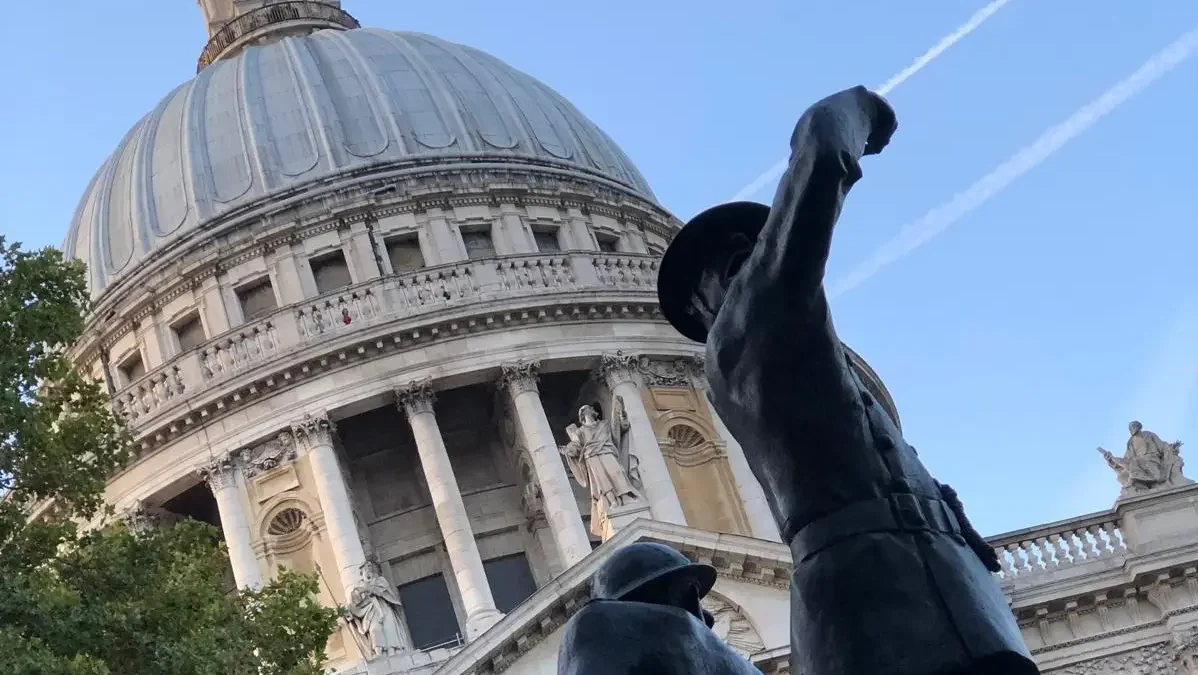
Step back in time on this small group tour through London’s WWII history, seeing iconic sites like St. Paul’s Cathedral from the outside, the ruins of St. Dunstan-in-the-East, and the HMS Belfast, uncovering stories of resilience and bravery.
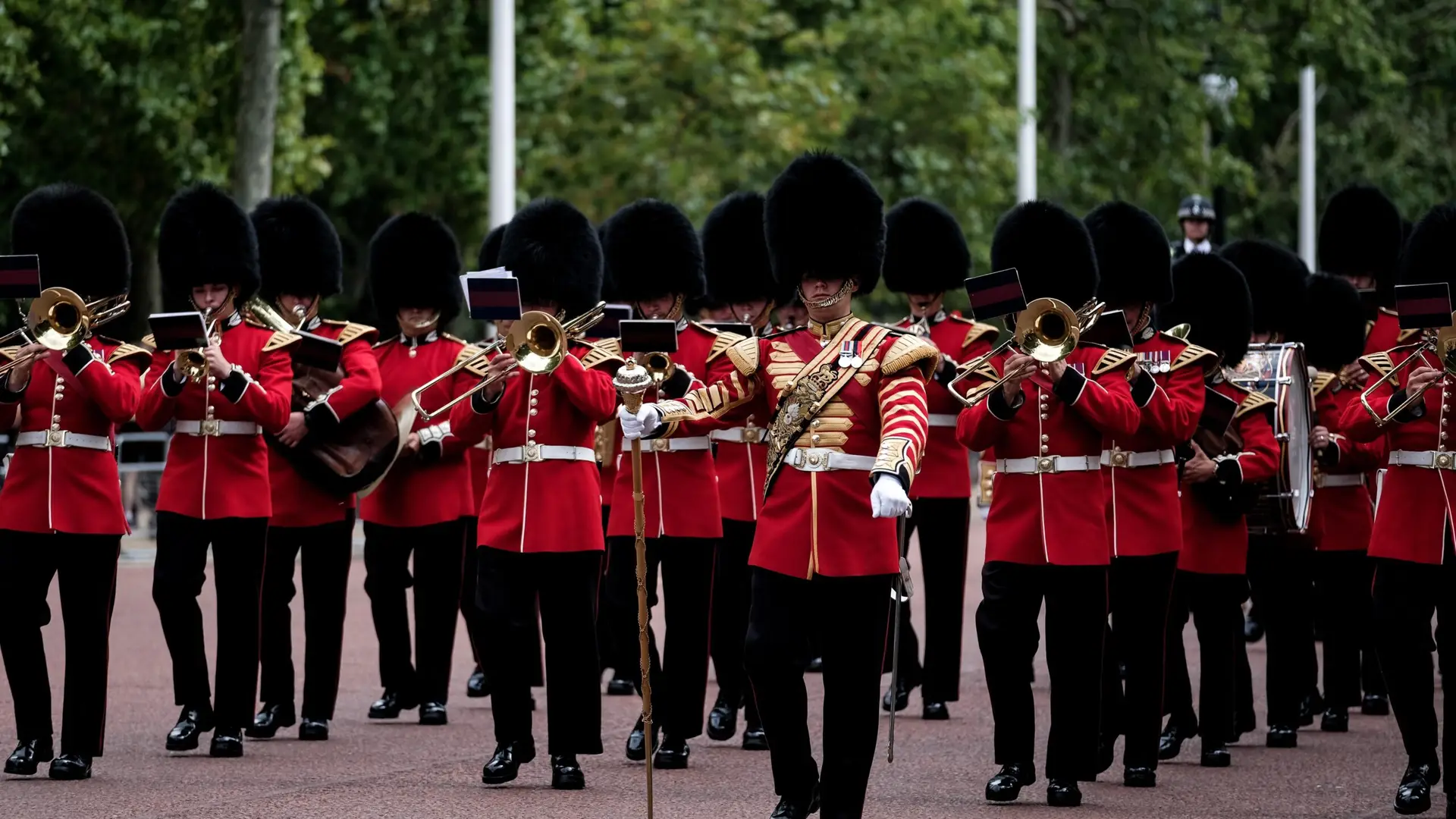
Best Seller
Get closer to the world-famous Changing of the Guard ceremony in London on a private or small-group tour led by a local. Discover the significance behind one of the most iconic British traditions.

Best Seller
Discover the epicentre of British democracy during WWII as you explore Westminster and Churchill's War Room. See where decisions were made and plans were laid to repel the German invasion.
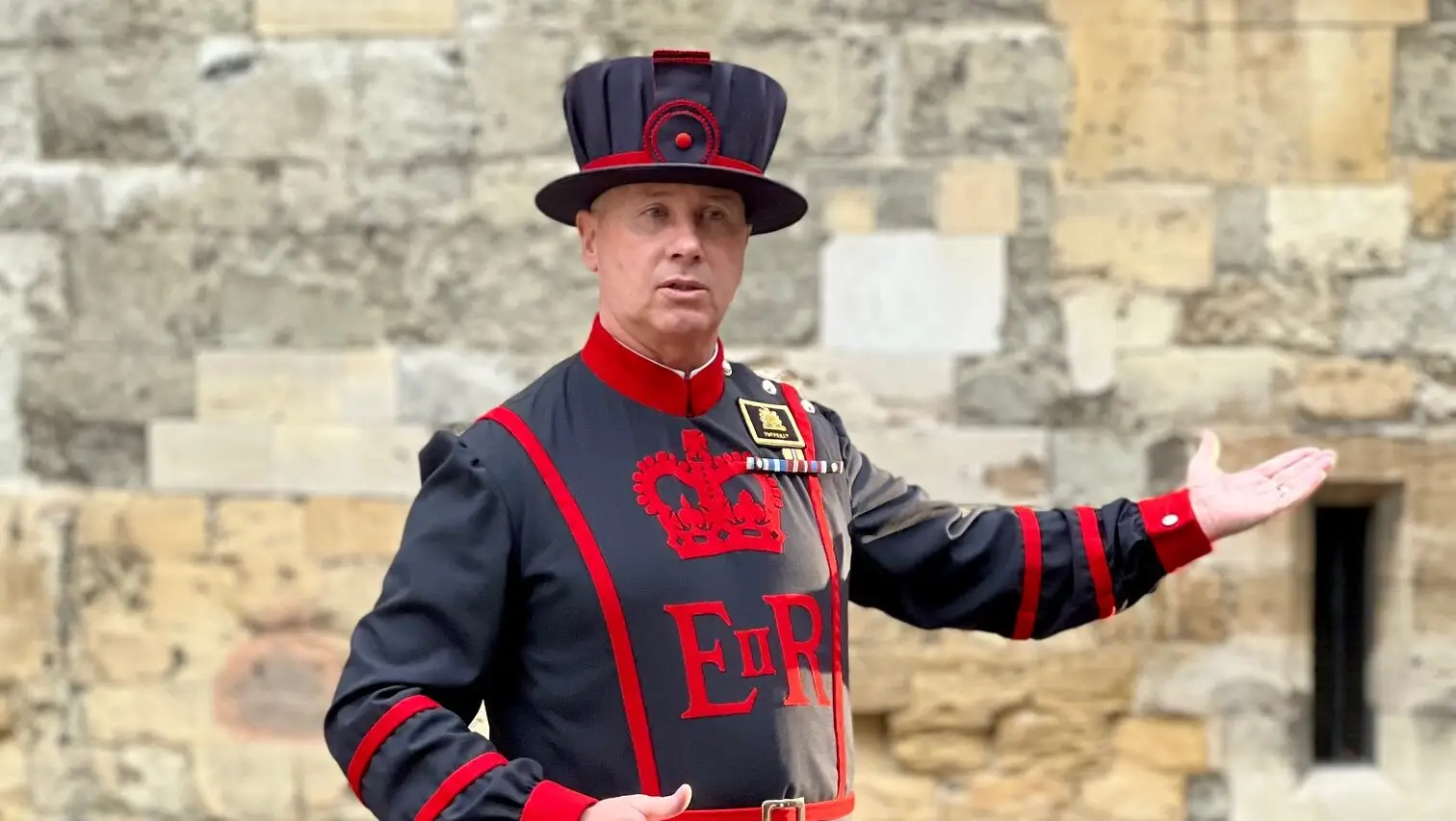
Best Seller
Be the first in line to explore the crown jewels and witness the opening ceremony at the Tower of London. Take part in an adventure that will see you travel from the old City regal city of Westminster.
Book With Extra Flexibility
Choose new departure dates if your plans change.
Reach out to us anytime via online chat, phone or email.
Get credit for future trips if you need more time to decide.
Change to a different tour run by the same tour operator.


